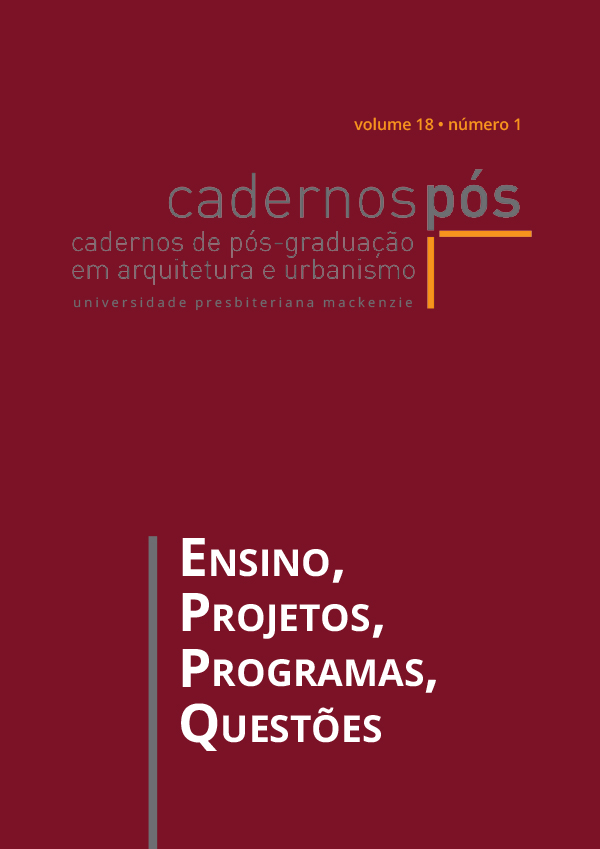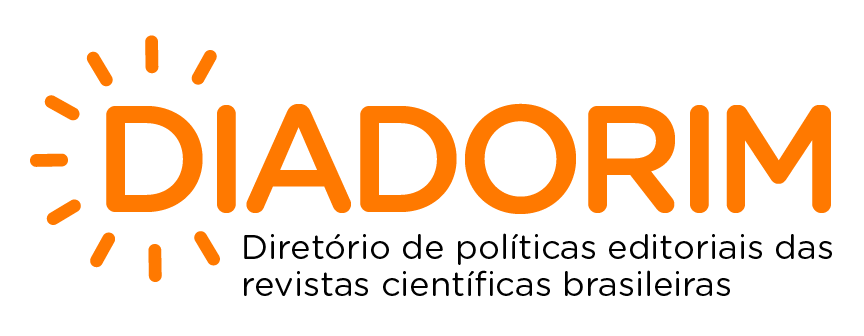Learning How to Plan the Inclusive City
Keywords:
Inclusive cities, Social exclusion, Urban planningAbstract
In a context in which the training of the different technicians who contribute to the planning and management of cities is discussed and deepened, it is important to deepen the concept of the inclusive city as a way of rethinking the paradigms and models of governance and planning of the cities of the century XXI. On one hand, cities are today the great spaces for human life in various dimensions, and the quality of life and well-being of people depend greatly on the opportunities and conditions that cities as urban spaces offer. However, it seems that we are facing a contradiction with difficult contours. The tight concentration of people and resources creates unique opportunities, but at the same time creates new problems of social exclusion, since not everyone participates equally in the life of the city, not everyone has access to the economic, cultural, social, educational, health, technology and socialization that the city possesses. Inclusion in cities is, therefore, a challenge so that everyone can make the most of the urban environment that François Mitterrand said is one of the most heinous events of humanity. The issue we intend to address revolves around the importance that architects and urban planners can have in the development of more sustainable cities in which the social function of these professions allows these professionals to be catalysts of a more just and equitable.
Downloads
Downloads
Published
How to Cite
Issue
Section
License
Authors who publish in this journal agree to the following terms:
a) Authors retain the copyright and grant the journal the right of first publication, with the Project simultaneously licensed under the Creative Commons Attribution License that allows the sharing of the Project with recognition of the authorship and initial publication in this journal.
b) Authors are authorized to assume additional contracts separately for the non-exclusive distribution of the version of the Project published in this journal (e.g., publishing in an institutional repository or as a book chapter), indicating that it was originally published in this journal, with a link to the article.








 Todo o conteúdo de Cadernos de Pós-Graduação em Arquitetura e Urbanismo está licenciado sob
Todo o conteúdo de Cadernos de Pós-Graduação em Arquitetura e Urbanismo está licenciado sob 